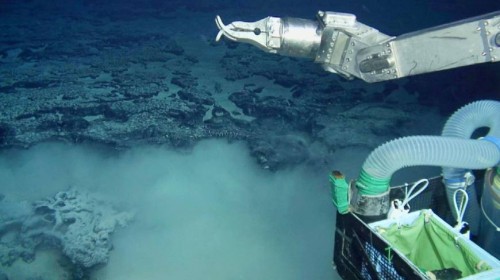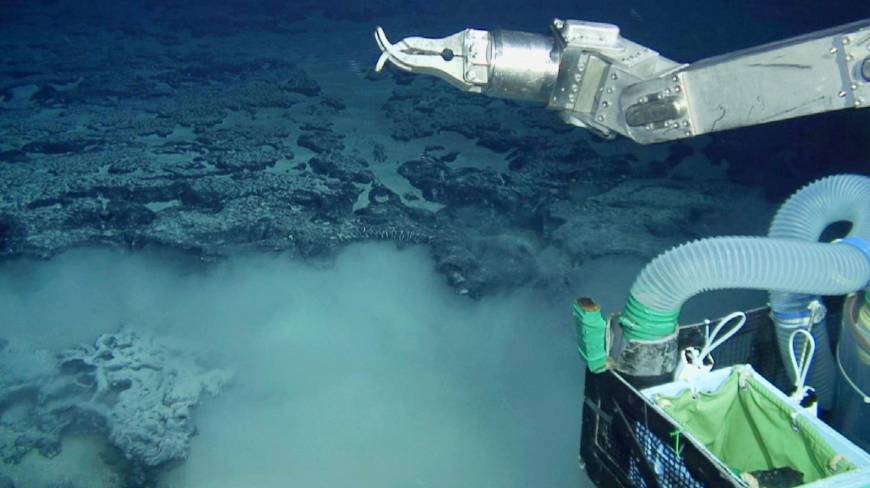
Off the coast of Rio De Janeiro, Japanese scientists bumped into a sunken large mass of granite at the bottom of the seabed. Granite, is formed when magma surfaces and cools with other surface rock/chemicals. I’m sure there’s other important chemical reactions there but I’m going off based on what I remember from my college days.
The presence of granite tells us that this was once an above-water surface that sunk to the bottom of the Atlantic Ocean. Researchers speculate that what was found could be an ancient continent that formed after the African and South American continents split.
Could this be the fabled lost city of Atlantis?
Not likely, according to the article by Japan Times. There has been no man-made structures found in or around the large sunken land mass. At least not yet. For centuries, Plato’s descriptions and tales of Atlantis has inspired many explorers to endlessly search for the lost continent. In recent news, there have been several claims and theories proposed about the final resting place of the fabled civilization. So far, none have produced evidence of the doomed civilization.
RIO DE JANEIRO – A large mass of granite has been found on the seabed off the coast of Rio de Janeiro, suggesting a continent may have existed in the Atlantic Ocean, the Japan Agency for Marine-Earth Science and Technology and the Brazilian government announced.
A Brazilian official said the discovery of the granite — which normally forms only on dry land — is strong evidence that a continent used to exist in the area where the legendary island of Atlantis, mentioned in antiquity by Plato in his philosophical dialogues, was supposedly located.
According to legend, the island, host to a highly developed civilization, sunk into the sea around 12,000 years ago. No trace of it has ever been found.
The finding was made using a Shinkai 6500 manned submersible operated by the Japanese agency. The seabed where the granite mass was discovered is estimated to have sunk into the sea several tens of million years ago. No man-made structures have been found there.
It is the first time such research using a manned submersible has been conducted in the South Atlantic. In late April, the agency used the device to explore the Rio Grande Rise, a seabed more than 1,000 km southeast of Rio de Janeiro. At a depth of 910 meters, it found a rock cliff around 10 meters in height and breadth.
After analyzing video data, the agency concluded it was granite. Also discovered in the area around it was a large volume of quartz sand — which is also not formed in the sea. The bedrock is believed to consist mainly of basalt rock.
The rise itself stretches around 1,000 km at the widest point, and is considered part of the continent left behind when South America and Africa split apart more than 100 million years ago. The agency said it assumes the area was above sea level until about 50 million years ago but became submerged over a period spanning several million years, based on fossils found in the nearby seabed and other data.
According to the agency, the Rio Grande Rise is the only plausible area that could possibly have been dry land in the past.
Despite the latest discovery, however, experts remained cautious about jumping to conclusions about Atlantis.
Shinichi Kawakami, a professor at Gifu University versed in planetary sciences, said the granite could have been a part of a big continent before it separated into what is now Africa and South America.
“South America and Africa used to be a huge, unified continent. The area in question may have been left in water as the continent was separated in line with the movements of plates,” he said.
Kawakami said researchers must look further into the composition of the granite and see if it matches the granite now found in Africa or South America.
“The concept of Atlantis came way before geology of the modern age was established. We should not jump to the Atlantis (conclusion) right away,” he said. –source: Japan Times
1 comment




